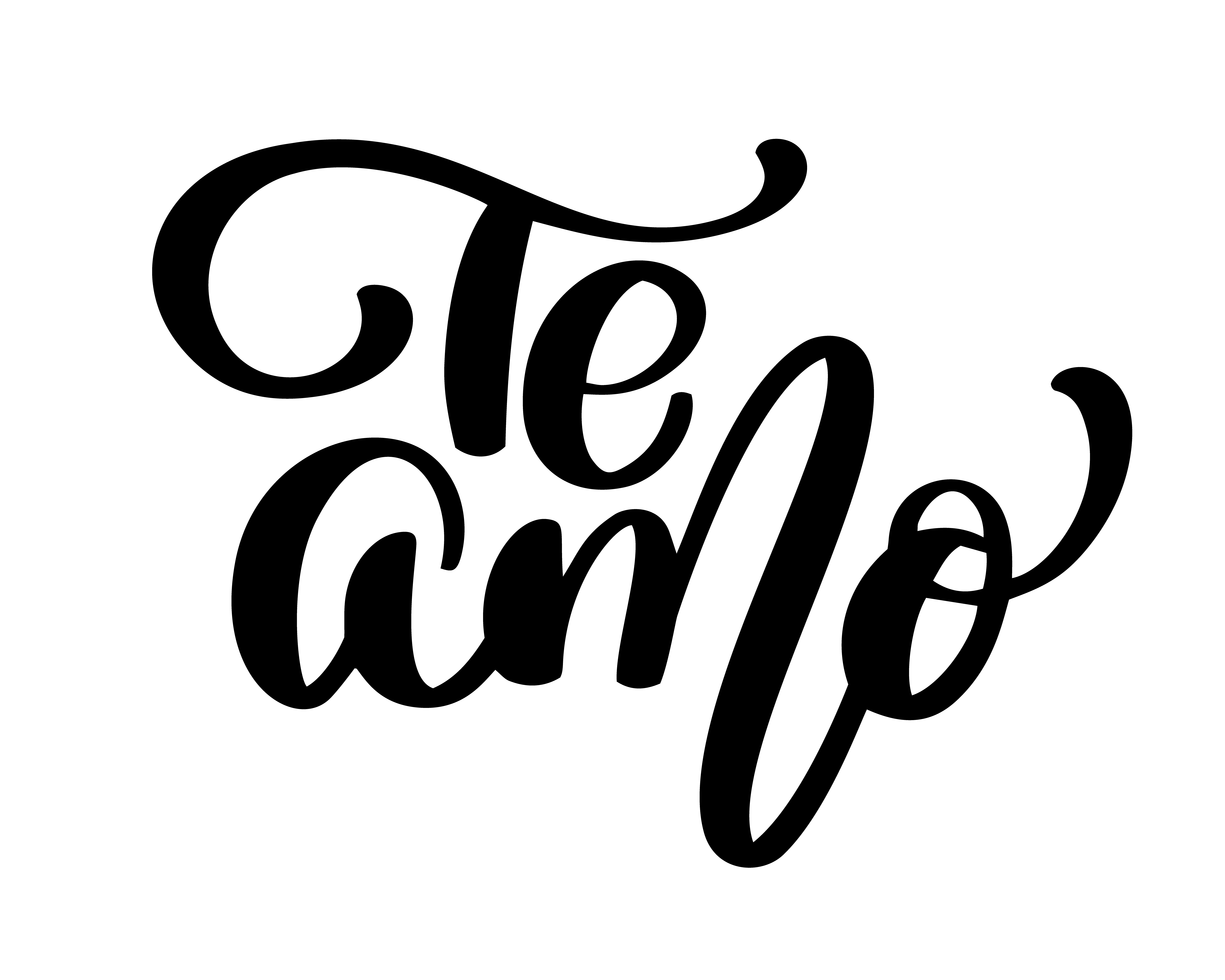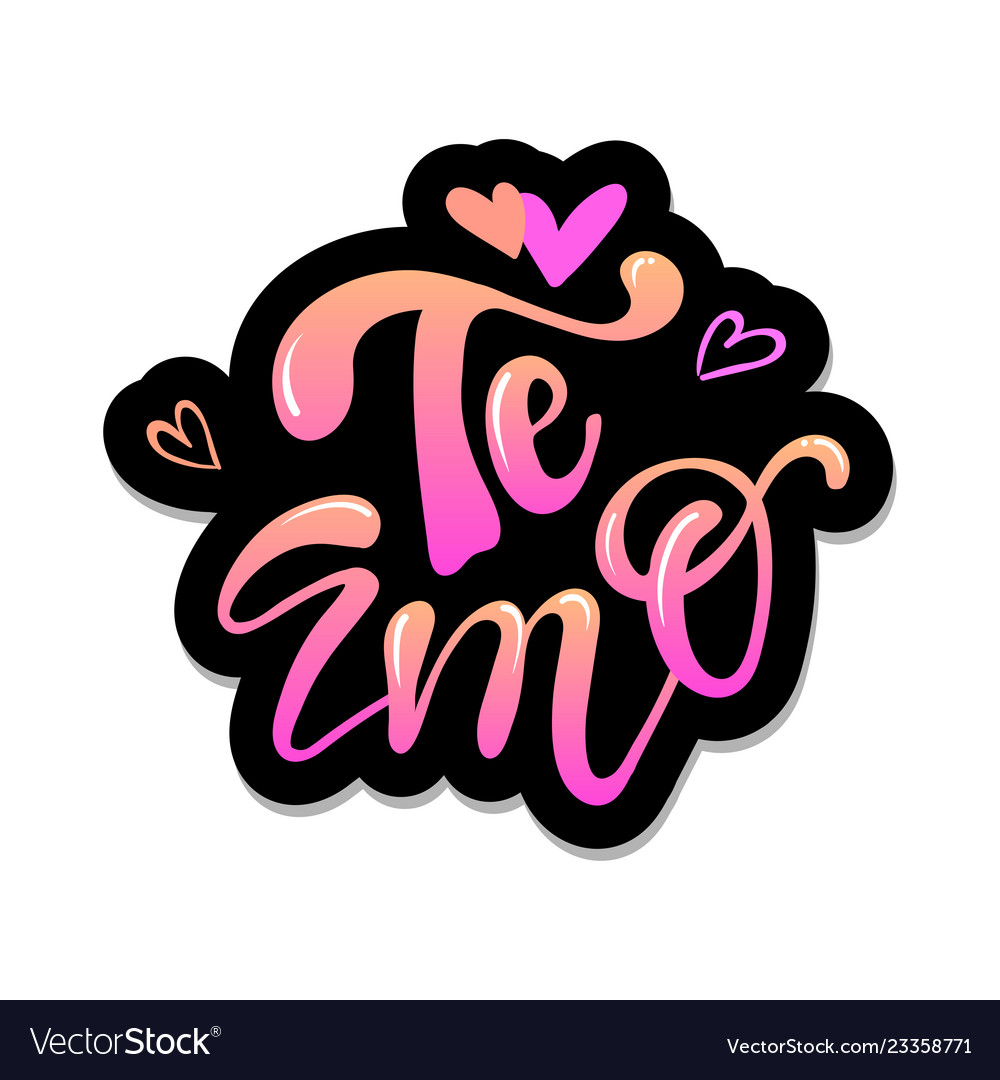What’S The Difference Between Te Amo And Te Quiero – Since there’s a very subtle difference between te quiero and te amo, it can be difficult to distinguish between them, but the intensity of the phrase is the main difference. You can use te amo when speaking with a romantic partner, but even then, it may sound quite dramatic, as you’ll hear it frequently in telenovelas such as Acacias 38

Image: pinterest.com
Te amo means “I love you”. Te quiero means “I want you”. Nonetheless, both Spanish phrases communicate an idea of affection, and this is why “Te amo” and “Te Quiero” are both translated as: I Love you. But hey, hold your horses! Before you start picturing someone saying, “I want you” in a steamy, dramatic telenovela scene
frasesdeamor #amor #amor❤ #amore #teamo #tequiero #teadoro #solotu #tuyyo #meencantas #mivida #contigo #contigosiempre #siemprejuntos… | Instagram
Aug 11, 2023In Spanish, ‘te quiero’ and ‘te amo’ are used to express affection for someone. Te amo expresses a greater and deeper degree of affection. It is commonly used in romantic relationships. Te quiero is a less intense version of ‘te amo’. We use this expression with friends or new relationships. Both ‘amar’ and ‘ querer ‘ are

Image: vecteezy.com
Te Quiero Stock Illustrations – 76 Te Quiero Stock Illustrations, Vectors & Clipart – Dreamstime “Te quiero” and “Te amo” can both mean “I love you”. The difference is that “Te amo” is considered more intimate, while “Te quiero” is considered more casual. Use “te quiero” when you are dating someone, NEVER use “te amo“. Te quiero is a mild way to say I love you in Spanish.

Image: instagram.com
What’S The Difference Between Te Amo And Te Quiero
Here´s my two cents. Basically “Amar” means to love, of course. And “Querer” means to want, will, wish, like; feel like. That’s why one tells his/her lover, relative pet or belonging “Te amo” instead of “te quiero” when it comes to a very high emotional expression. According to D.R.A.E., both verbs are equivalent. The yo conjugation for each is yo quiero and yo amo. If the direct object of this love is you, the pronoun is te. Hence, we get either te quiero or te amo to say I love you in Spanish. If you want to aim that love at someone else, you just switch out the object pronoun. For a deeper explanation on these, check out our full post on direct object
frasesdeamor #amor #amor❤ #amore #teamo #tequiero #teadoro #solotu #tuyyo #meencantas #mivida #contigo #contigosiempre #siemprejuntos… | Instagram
Te amo means “I love you”. Te quiero means “I want you”. Nonetheless, both Spanish phrases communicate an idea of affection, and this is why “Te amo” and “Te Quiero” are both translated as: I Love you. But hey, hold your horses! Before you start picturing someone saying, “I want you” in a steamy, dramatic telenovela scene Te amo | Love phrases, Love quotes, God loves you

Image: pinterest.com
Premium Vector | Mi vida te amo te quiero. “Te amo” is a phrase which is often translated as “I love you”, and “te quiero” is a phrase which is also often translated as “I love you”. Learn more about the difference between “te amo” and “te quiero” below. a. I love you. Decir “te amo” es un paso importante en una relación. Saying “I love you” is a big step in a relationship. a.

Image: freepik.com
Here Magazine – What’s the difference between “te amo” and “te quiero”? Google Translate will tell you that they both mean “I love you”. Spanish speakers will tell you something different. Beto, Nov 2, 2023To understand when it’s appropriate to say te quiero or te amo, first, you need to look at the verbs amar and querer individually. Many English speakers mistakenly think that the only translation for te quiero is “I desire you” or “I want you,” when there are many other ways in which you can express desire. When used in non-romantic

Image: facebook.com
Te Quiero Stock Illustrations – 76 Te Quiero Stock Illustrations, Vectors & Clipart – Dreamstime Here´s my two cents. Basically “Amar” means to love, of course. And “Querer” means to want, will, wish, like; feel like. That’s why one tells his/her lover, relative pet or belonging “Te amo” instead of “te quiero” when it comes to a very high emotional expression. According to D.R.A.E., both verbs are equivalent.

Image: dreamstime.com
Calligraphy phrase te quiero on spanish – i love Vector Image The yo conjugation for each is yo quiero and yo amo. If the direct object of this love is you, the pronoun is te. Hence, we get either te quiero or te amo to say I love you in Spanish. If you want to aim that love at someone else, you just switch out the object pronoun. For a deeper explanation on these, check out our full post on direct object

Image: vectorstock.com
Te amo translated from spanish i love you Vector Image te quiero. “Te amo” is a phrase which is often translated as “I love you”, and “te quiero” is a phrase which is also often translated as “I love you”. Learn more about the difference between “te amo” and “te quiero” below. a. I love you. Decir “te amo” es un paso importante en una relación. Saying “I love you” is a big step in a relationship. a.

Image: vectorstock.com
Te Quiero vs Te Amo: Don’t Say the Wrong ‘I Love You’ in Spanish Nov 2, 2023To understand when it’s appropriate to say te quiero or te amo, first, you need to look at the verbs amar and querer individually. Many English speakers mistakenly think that the only translation for te quiero is “I desire you” or “I want you,” when there are many other ways in which you can express desire. When used in non-romantic

Image: spanish.academy
Premium Vector | Mi vida te amo
Te Quiero vs Te Amo: Don’t Say the Wrong ‘I Love You’ in Spanish May 28, 2023LEARN what’s the difference between Te quiero vs Te amo in Spanish. In this video, I’m sharing examples of how to say “I love you” in Spanish, and how (and w
Te Quiero Stock Illustrations – 76 Te Quiero Stock Illustrations, Vectors & Clipart – Dreamstime Te amo translated from spanish i love you Vector Image The yo conjugation for each is yo quiero and yo amo. If the direct object of this love is you, the pronoun is te. Hence, we get either te quiero or te amo to say I love you in Spanish. If you want to aim that love at someone else, you just switch out the object pronoun. For a deeper explanation on these, check out our full post on direct object